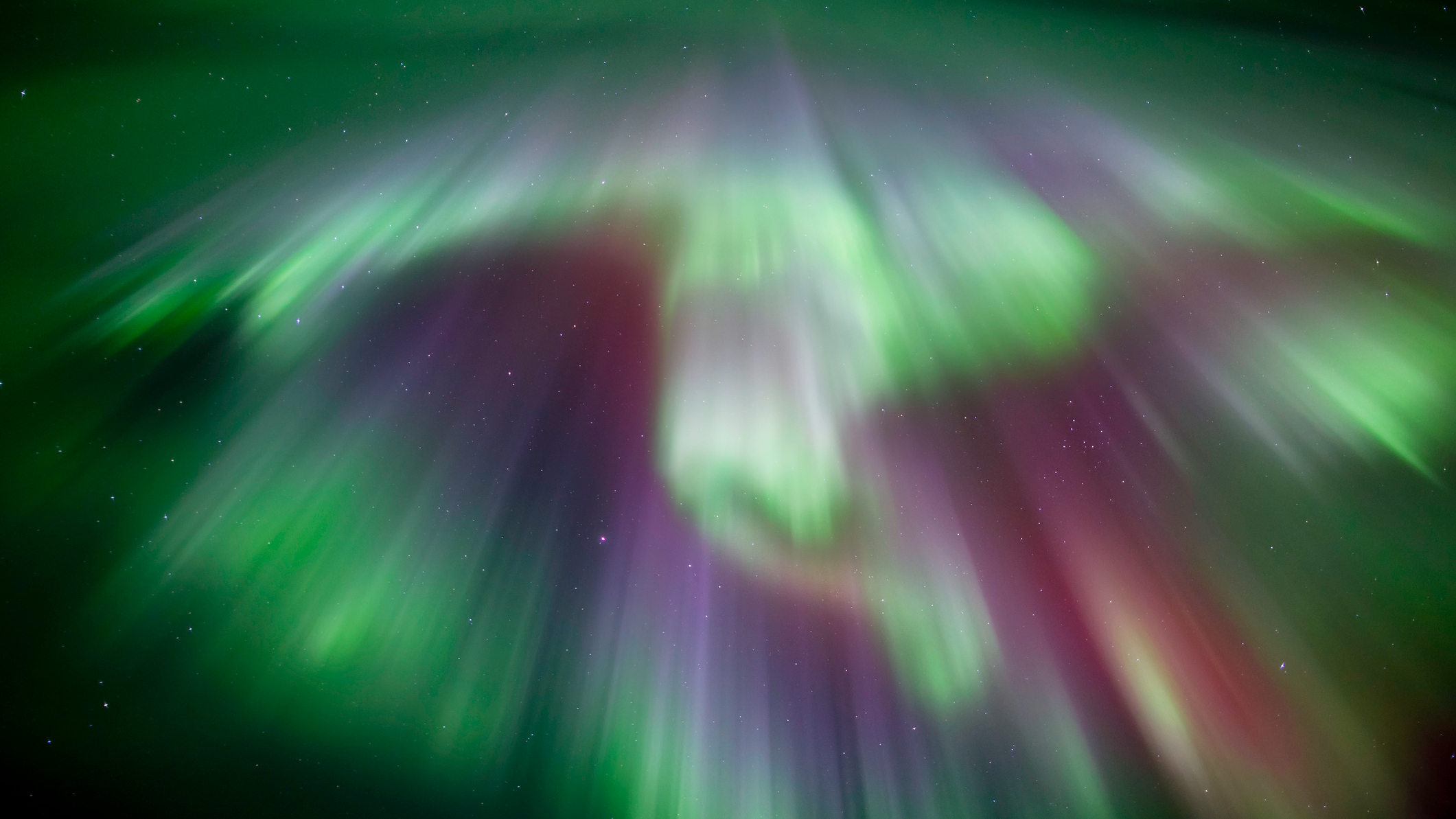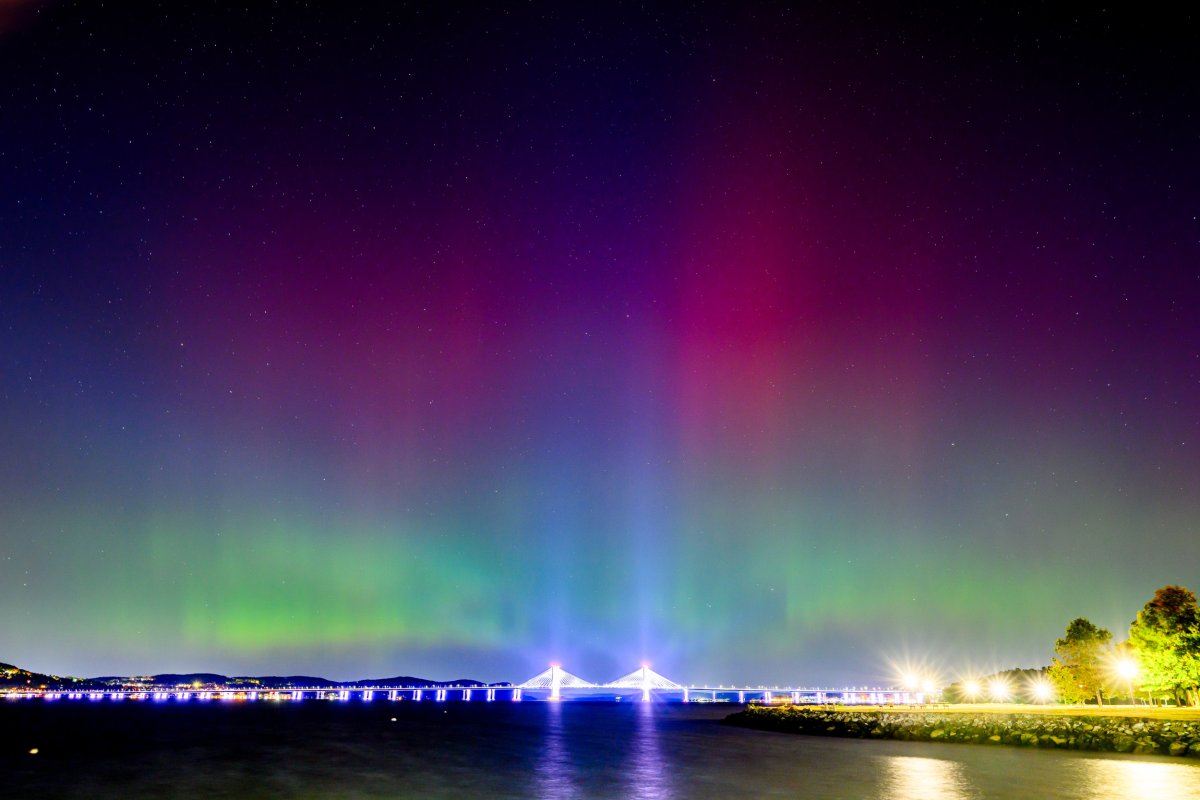
Witnessing the mesmerizing dance of the aurora borealis or aurora australis is a bucket-list item for many. But these celestial light shows aren't random; they're intricately linked to solar activity and specifically, geomagnetic storms. Understanding the Geomagnetic storm aurora forecast allows you to plan your trip to witness nature's most spectacular light display.
Understanding the Science Behind the Aurora
Auroras occur when charged particles from the sun, carried by the solar wind, interact with the Earth's magnetosphere. These particles are funneled towards the poles, colliding with atoms and molecules in the upper atmosphere. This collision excites the atoms, causing them to release energy in the form of light, creating the vibrant curtains of color we see. The intensity and location of these auroras are directly related to the strength of the geomagnetic storm.
Predicting the Aurora: The KP-Index
The KP-index is a crucial tool for predicting auroral activity. This scale ranges from 0 to 9, with higher numbers indicating stronger geomagnetic storms and a greater likelihood of seeing the aurora at lower latitudes. A KP-index of 5 or higher often means visible auroras in more southerly or northerly regions than usual. Websites and apps dedicated to space weather provide real-time KP-index updates and Geomagnetic storm aurora forecasts, crucial for planning your aurora viewing adventure.
Factors Influencing the Forecast
While the KP-index is a primary indicator, several other factors influence the accuracy of the Geomagnetic storm aurora forecast. These include the speed and density of the solar wind, the direction of the interplanetary magnetic field, and the overall state of the Earth's magnetosphere. Sophisticated models and ongoing research continue to improve the accuracy of these predictions, making aurora hunting more accessible and reliable.
Where to See the Aurora
The best locations for aurora viewing are typically high-latitude regions, such as Alaska, Canada, Scandinavia, Iceland, and parts of Russia. However, during strong geomagnetic storms, the aurora can sometimes be visible at much lower latitudes. Checking the Geomagnetic storm aurora forecast before your trip allows you to choose a location with the highest probability of seeing the lights, optimizing your chances of a breathtaking experience.
Planning Your Aurora Viewing Trip
Planning an aurora viewing trip requires more than just checking the Geomagnetic storm aurora forecast. Consider factors like the time of year (winter offers longer periods of darkness), the phase of the moon (a new moon provides darker skies), and light pollution (seek out locations with minimal light interference). With careful planning and a bit of luck, you can increase your chances of experiencing this incredible natural phenomenon.
Stay Updated on the Latest Forecasts
The world of space weather is dynamic, and geomagnetic storm activity can change rapidly. Therefore, it’s vital to stay updated on the latest Geomagnetic storm aurora forecasts before and during your trip. Regularly check reputable space weather websites and apps for real-time updates to maximize your chances of witnessing this mesmerizing celestial spectacle.






0 Comments